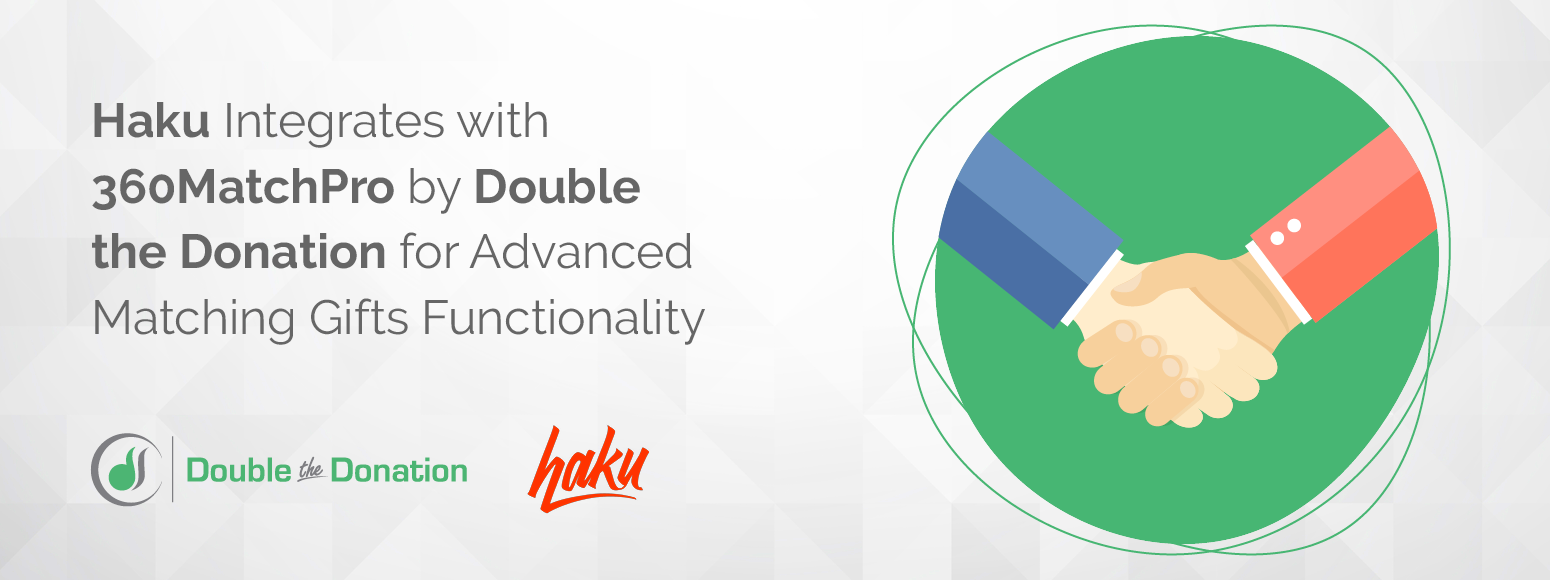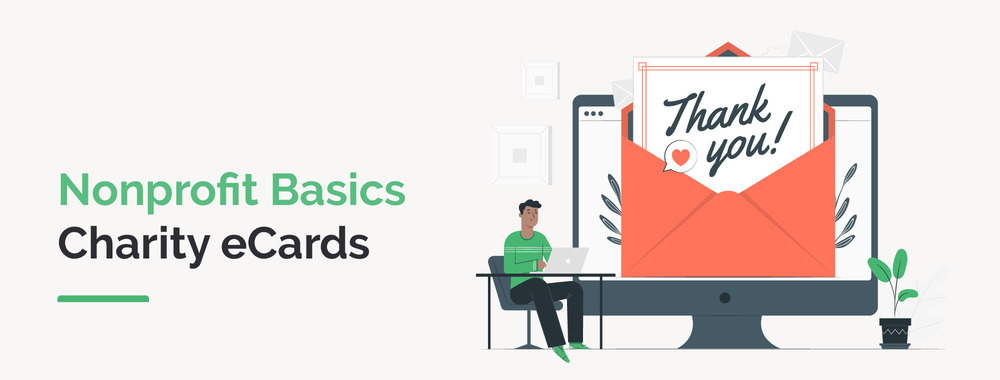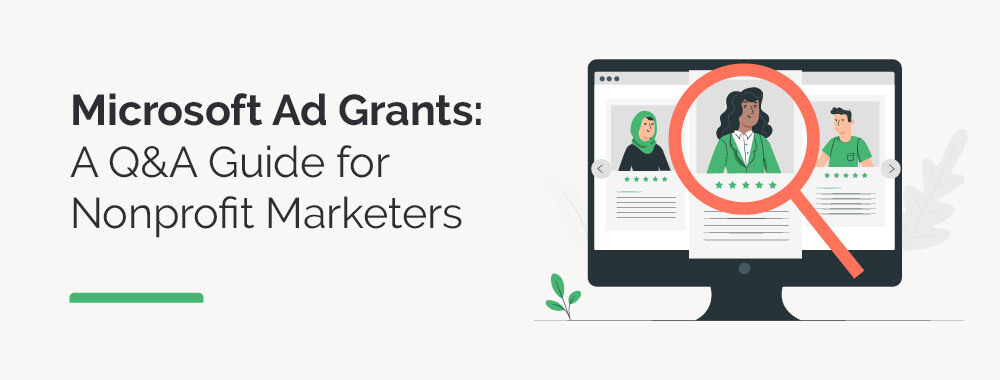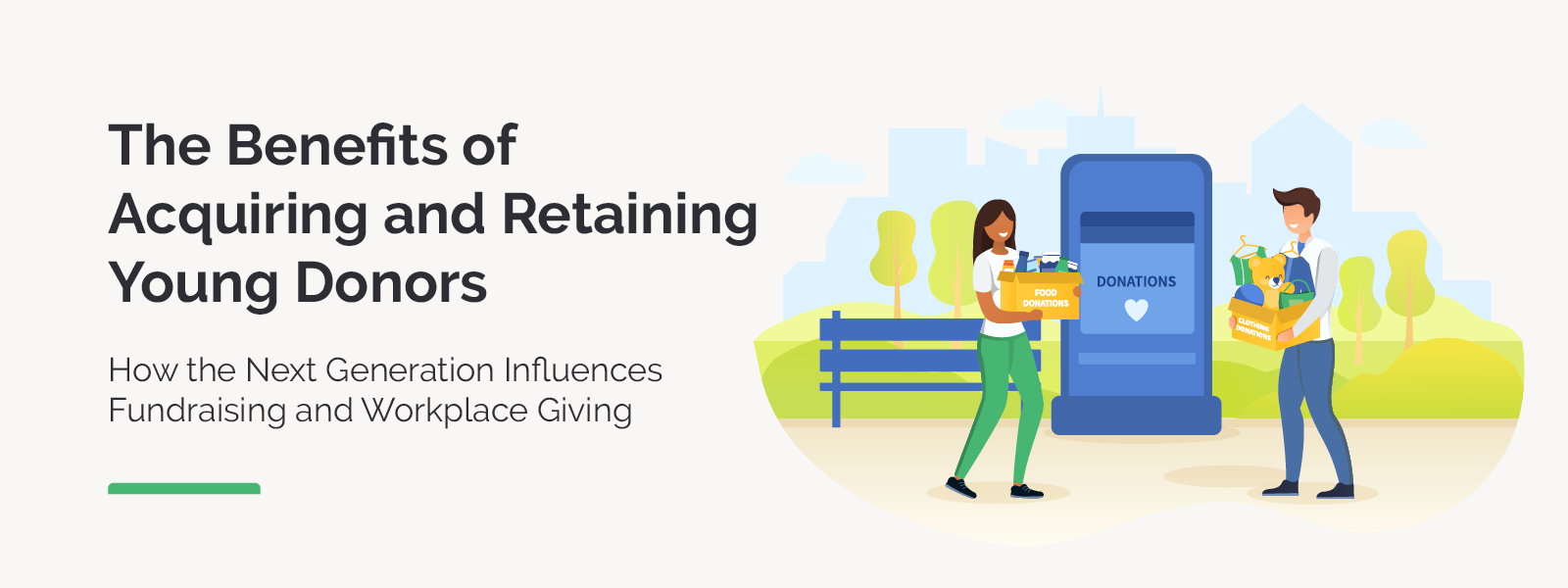
Haku Integrates with Double the Donation for Advanced Matching Gifts Functionality
Double the Donation and Haku have joined in collaboration to…

Nonprofit Basics: Charity eCards
Nonprofits are challenged to capture and maintain their supporters'…

Microsoft Ad Grants: A Q&A Guide for Nonprofit Marketers
The Microsoft Ad Grant is a program that's quickly emerging as…
 https://doublethedonation.com/wp-content/uploads/2022/10/DTD_The-Benefits-of-Acquiring-and-Retaining-Young-Donors_Feature-1.png
600
1600
Adam Weinger
https://doublethedonation.com/wp-content/uploads/2025/11/DTD-horizontal-logo-300x63.png
Adam Weinger2022-10-17 18:54:282025-10-01 12:09:39The Benefits of Acquiring and Retaining Young Donors
https://doublethedonation.com/wp-content/uploads/2022/10/DTD_The-Benefits-of-Acquiring-and-Retaining-Young-Donors_Feature-1.png
600
1600
Adam Weinger
https://doublethedonation.com/wp-content/uploads/2025/11/DTD-horizontal-logo-300x63.png
Adam Weinger2022-10-17 18:54:282025-10-01 12:09:39The Benefits of Acquiring and Retaining Young Donors
